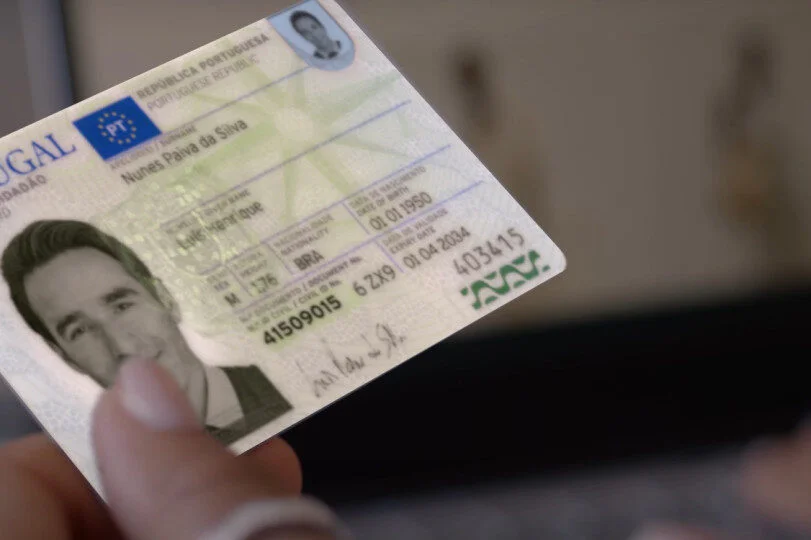Homonyms: how to overcome this challenge of genealogy

Despite the facilities that the collections made available for consultation on the Internet have provided for those genealogical researchs, whether professional or not, old challenges persist. Among them, there are the pitfalls of homonyms.
According to the Priberam Dictionary of the Portuguese Language (DPLP), namesake "It is a word with a different meaning, it is written and pronounced in the same way as another ... That or who has the same name as someone else or something else."
To address this challenge, the genealogy it requires caution with regard to dates and names and knowledge of the historical context in which the people surveyed lived. In the case, for example, of the Brazilian colonial and imperial period, it was common to change names and surnames, as well as to find several members of the same family, or even people without family ties, bearing identical names.
HERE YOU CAN START BUILDING YOUR GENEALOGICAL TREE.
Some genealogical researches end up containing errors exactly because they list one person in substitution for another because it is a namesake. In other cases, homonyms were used to tamper with entire family genealogies for the purpose of obtaining military titles in the colonial period, as Evaldo Cabral de Melo points out in his classic work, O Nome ea o Sangue.
According to the author, to hide ancestors new Christians, the rich families of the colony promoted all kinds of strategies for the erasure of their ancestors, such as the case of Felipe Pais Barreto. The Captain-Mor and mill owner justified, in his process for joining the Order of Christ, as a confusion of homonyms, the fact that his ancestor was appointed as a new Christian, an impediment for him to win the commendation.
To resolve this confusion with names, the researcher or researcher must cross check various information, such as checking other family members who lived in the same period, dates and places, never relying categorically on just some of this information, being preferable to err on the side of caution.
HERE YOU CAN START BUILDING YOUR GENEALOGICAL TREE.
Six tips for when there is evidence of homonyms:
1. Dates and places of birth and death of homonyms;
2. Spouses of homonyms;
3. Parents and siblings of the homonyms;
4. Children of the homonyms;
5. Check if the dates are logical. For example, if the birth of the researched person took place many years after those who were assigned as their parents, which can point to being, in fact, a grandson or a namesake with no ties to that family;
6. Compare, if possible, different sources, such as baptism, wedding and death seats.
Other articles that will help:
- 5 TYPES OF IMPORTANT DOCUMENTS FOR THE VERIFICATION OF THE SEFARDITE LINK
- 5 COMMON ERRORS AT THE TIME OF PREPARING A GENEALOGICAL STUDY

New Portuguese citizen? Find out how to issue your identity document.
In recent weeks, many nationality processes have been completed, resulting in hundreds of Martins Castro customers now officially Portuguese. […]

Sephardic Jews: do you have to live in Portugal for three years?
Many doubts have arisen about the changes in Portuguese law regarding the acquisition of nationality by descendants of Jews […]

Martins Castro in the Media: Diário do Nordeste (Brazil)
Couple from Fortaleza obtains Portuguese citizenship after discovering Jewish family expelled from European country Decree-Law grants documentation for relatives of […]